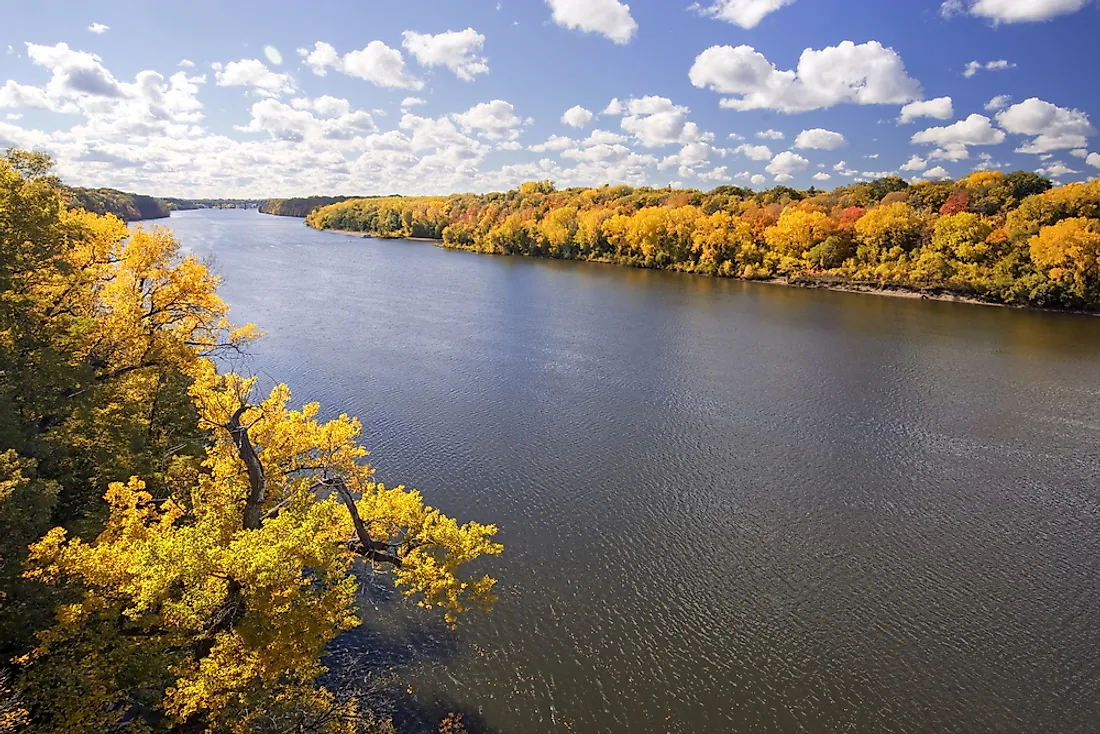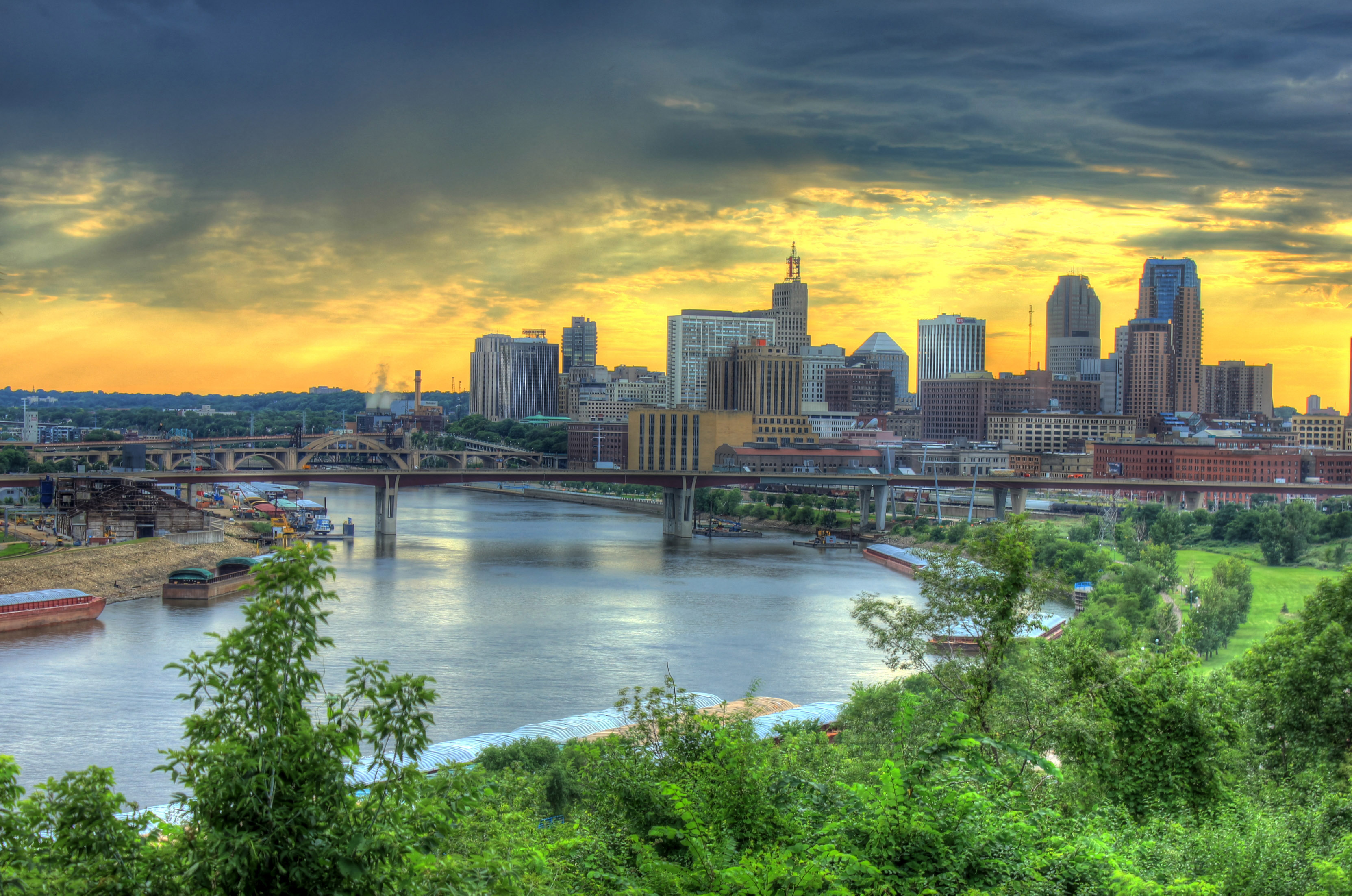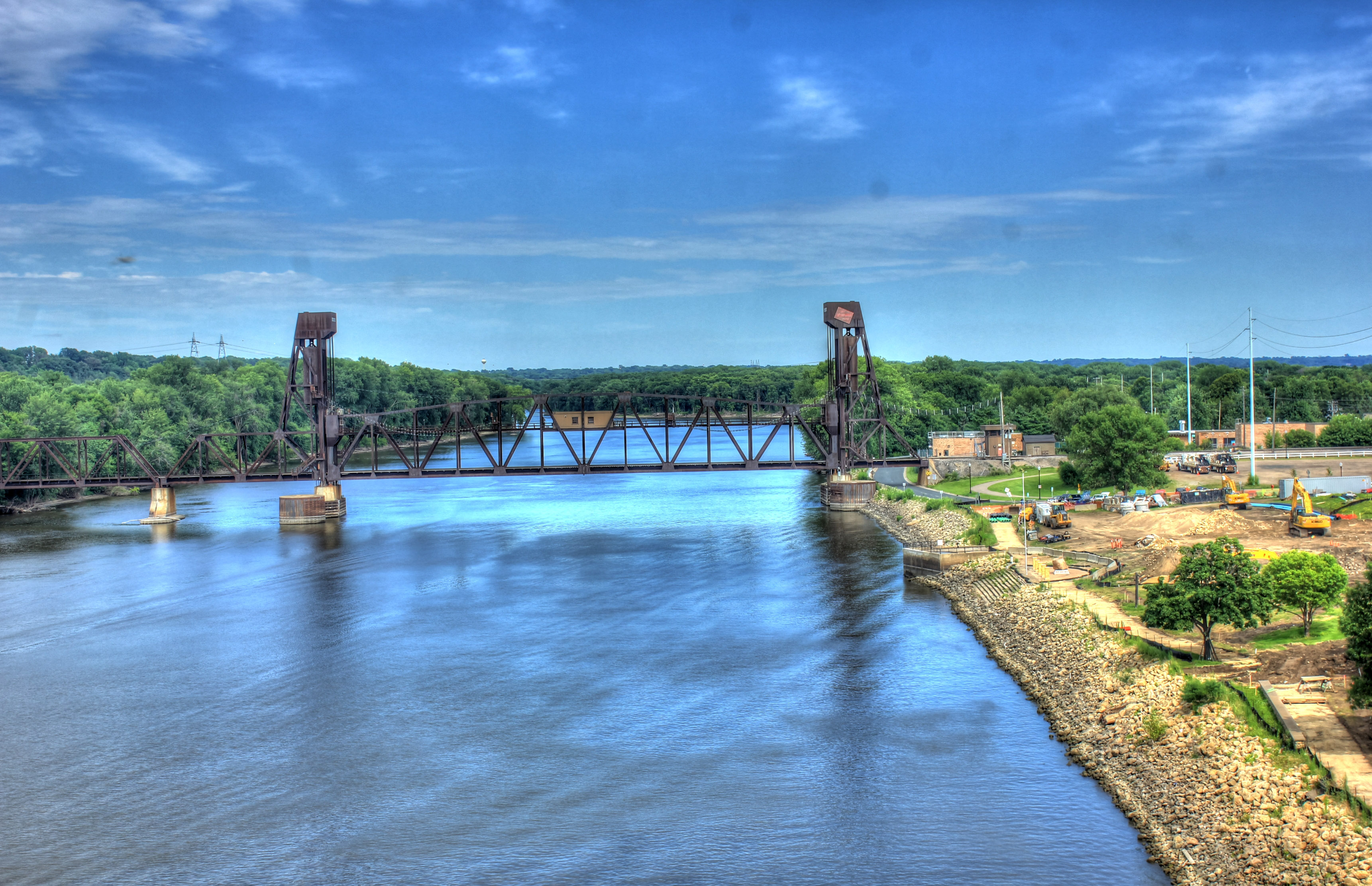History and Geography of the Minnesota River

The Minnesota River, a major tributary of the Mississippi River, holds a rich tapestry of geological, historical, and cultural significance. Its meandering course spans over 346 miles, shaping the landscape and serving as a lifeline for communities in the heart of Minnesota.
Geological Formation and Course
The Minnesota River’s origins can be traced back to the Wisconsin glaciations, which carved out the river’s path over thousands of years. As glaciers retreated, they left behind vast deposits of sediment, forming the river’s wide, fertile valley.
The river’s course begins in Big Stone Lake on the Minnesota-South Dakota border. It flows southeast through a series of lakes and wetlands, gradually gathering tributaries along its journey. Notable tributaries include the Yellow Medicine River, Redwood River, and Blue Earth River. The Minnesota River finally joins the Mississippi River near the city of St. Paul.
Historical Significance
The Minnesota River has played a pivotal role in the history of the region. Native American tribes, including the Dakota and Ojibwe, have long relied on the river for sustenance, transportation, and spiritual ceremonies.
European explorers, such as Louis Hennepin and Jonathan Carver, navigated the river in the 17th and 18th centuries, opening up the region to settlement and trade. The riverbanks witnessed the establishment of trading posts, military forts, and agricultural communities.
Ecological Importance of the Minnesota River

The Minnesota River serves as a vital ecosystem, supporting a diverse array of flora and fauna. Its riparian forests, wetlands, and prairies provide essential habitat for numerous species, including endangered and migratory birds.
Diverse Flora and Fauna
The river’s ecosystem is home to a wide variety of plant life, including cattails, bulrushes, and wild rice. These plants provide food and shelter for fish, amphibians, and waterfowl. The surrounding forests and prairies support a rich assemblage of mammals, such as deer, fox, and beaver.
Migratory Bird Populations
The Minnesota River is a crucial migratory route for numerous bird species, including ducks, geese, and songbirds. Its wetlands and forests provide essential stopover points during their long journeys. The river’s ecosystem supports a significant portion of the Mississippi Flyway, one of the most important migratory bird routes in North America.
Endangered Species
The Minnesota River provides habitat for several endangered species, including the piping plover and the least tern. These birds nest on sandbars and beaches along the river, relying on its ecosystem for survival.
Challenges Facing the Ecosystem, Minnesota river
Despite its ecological significance, the Minnesota River faces several challenges, including pollution, habitat loss, and invasive species. Agricultural runoff, industrial discharges, and wastewater treatment plant effluent can degrade water quality and harm aquatic life. Habitat loss due to development and agriculture reduces the availability of nesting and feeding sites for birds and other wildlife. Invasive species, such as zebra mussels and Eurasian watermilfoil, compete with native species for resources and can alter the river’s ecosystem.
Recreational Opportunities on the Minnesota River

The Minnesota River offers a diverse range of recreational activities, catering to nature enthusiasts, anglers, and outdoor adventurers alike. Whether you seek tranquility or adrenaline, the river’s serene waters and picturesque landscapes provide ample opportunities for relaxation and recreation.
Fishing
The Minnesota River is renowned for its excellent fishing, with an abundance of fish species thriving in its waters. Anglers can cast their lines for walleye, northern pike, largemouth bass, smallmouth bass, crappie, and catfish. Popular fishing spots include the Minnesota River Bottoms, Shakopee Dam, and Belle Plaine.
Boating
The river’s calm waters make it ideal for boating, whether you prefer motorized or non-motorized options. Canoeing, kayaking, and paddleboarding are popular ways to explore the river’s hidden coves and observe wildlife. Several boat launches are located along the river, including those at Fort Snelling State Park, Savage, and Prior Lake.
Kayaking
Kayaking is an excellent way to experience the Minnesota River’s natural beauty up close. Paddlers can navigate through scenic marshes, spot nesting birds, and enjoy the tranquility of the river’s flow. Popular kayaking routes include the Minnesota River Valley National Wildlife Refuge and the Carver Rapids Dam.
Hiking
The Minnesota River Greenway offers a scenic hiking trail that follows the river’s course. Hikers can enjoy breathtaking views of the river, lush forests, and rolling hills. The trail is well-maintained and suitable for all fitness levels, making it a great option for families and nature lovers.